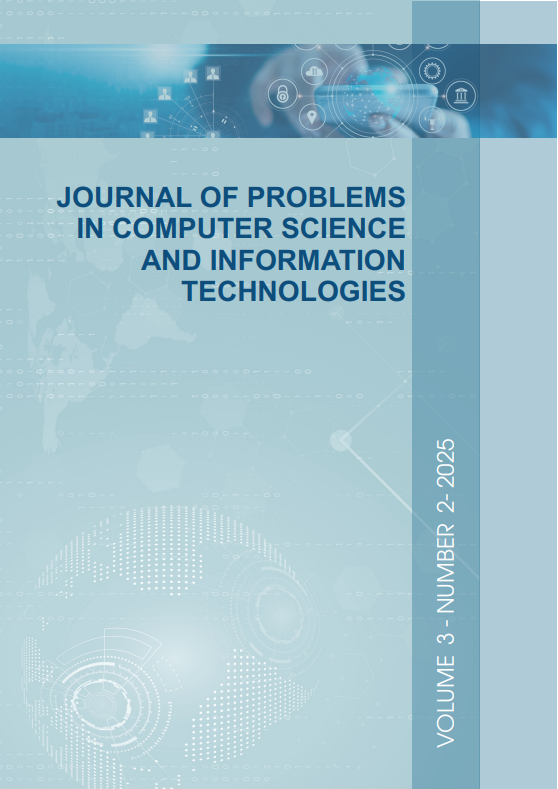COMPARATIVE ANALYSIS OF CNN MODELS FOR DETECTING CARDIOVASCULAR DISEASES
DOI:
https://doi.org/10.26577/jpcsit20253203Keywords:
machine learning, ECG classification, deep neural networks, ResNet50, VGG16, hyperparameter tuning, Django REST Framework, React, cardiology, computer visionAbstract
In modern medical practice, cardiovascular diseases (CVDs) remain among the leading causes of mortality and morbidity worldwide. Electrocardiography (ECG) continues to be one of the essential non-invasive methods for diagnosing cardiac rhythm disturbances and other myocardial pathologies. However, traditional ECG analysis relies heavily on specialist interpretation, which can be subjective and prone to human error. With advances in machine learning and deep learning, there is now an opportunity to automate and standardize the diagnostic process. In this study, convolutional neural networks (CNNs)—specifically the ResNet50 and VGG16 architectures—are applied to classify ECG images. Hyperparameter tuning is conducted to optimize batch size and learning rate. In addition, a prototype web service is presented, implemented with React for the frontend and Django REST Framework for the backend, that allows real-time, automated ECG classification. This approach has the potential to ease the workload of cardiologists and enhance the objectivity of diagnosis in clinical environments.







